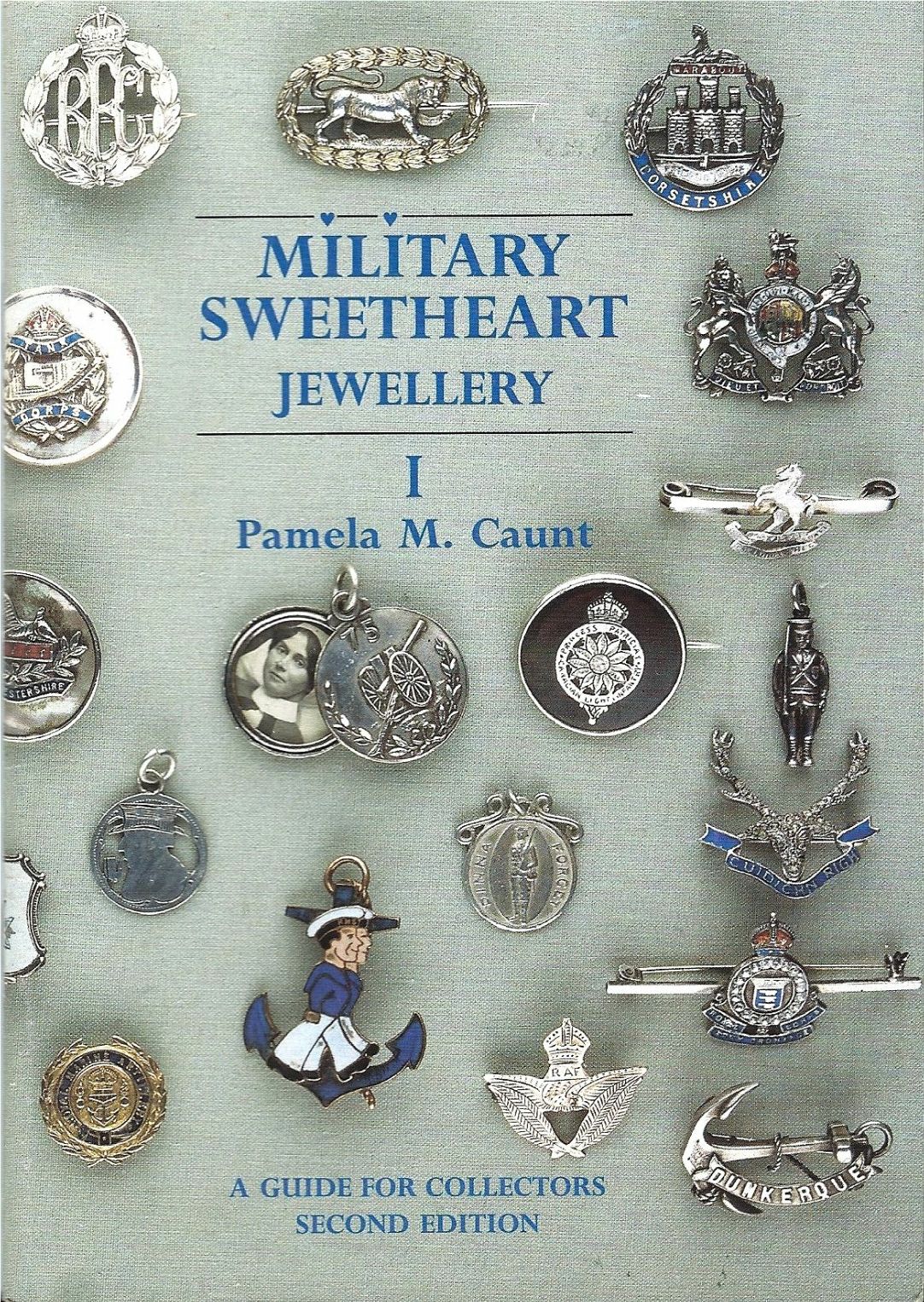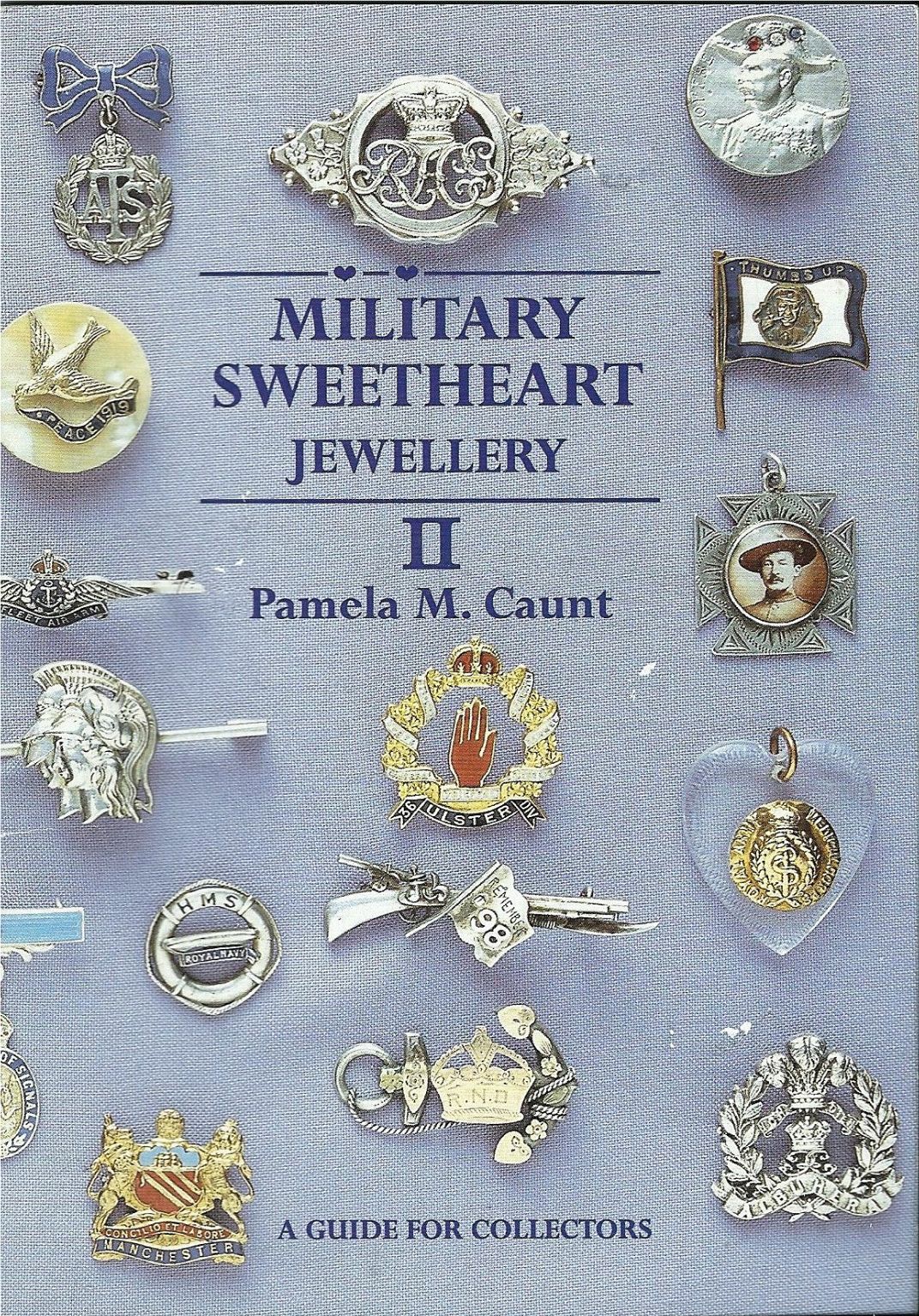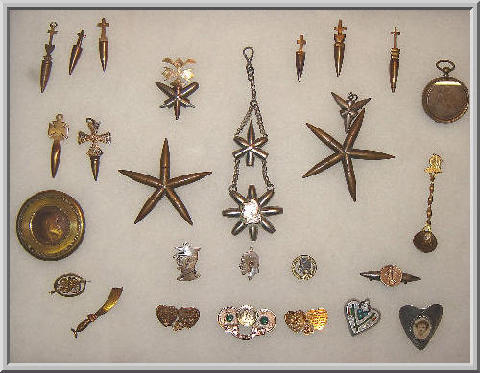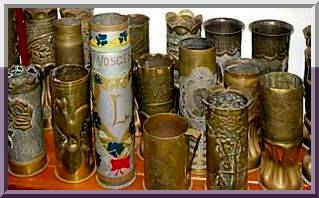 |
 |
 |
 |
 |
 |
 |
 |
 |
 |
 |
 |
 |
 |
 |
 |
 |
 |
 |
 |
 |
 |
 |
 |
 |
 |
 |
 |
 |
 |
 |
 |
 |
 |
 |
 |
 |
 |
 |
 |
 |
 |
 |
 |
 |
 |
 |
 |
 |
 |
 |
 |
 |
 |
 |
 |
 |
 |
 |
 |
 |
 |
 |
 |
 |
 |
 |
 |
 |
 |
 |
| | If you have any feedback on how we can make our new website better please do contact us. We would like to hear from you. | |
|
|
 |
|
|
|
 |
 |
 |
"SWEETHEART" JEWELLERY
Military jewellery was around as early as 1860 when badges were presented as love tokens during the American Civil War - worn by lady "camp followers." Until the 1880's, jewellers soldered brooch pins on to the back of regimental badges to form the required brooches.
By 1898 American jewellers were making patriotic brooches and the Spanish-American War gave them good reason to produce pins representing "Old Glory" and enamelled brooches depicting Uncle Sam "off to the Wars". The Boer War (1899 - 1902) resulted in many new forms of tokens, many incorporating South African coins, being made.
Manufacturers, recognising the commercial possibilities, started to produce their own miniature versions of regimental badges in brooch form. At first they were called "Military Badge Brooches" or "Regimental Badge Brooches" - it was not until well after WW2 that the name "sweetheart" was used in connection with this military art form....
Hundreds of different designs were forthcoming, ranging from humble base metal bar brooches to exceptionally fine examples in diamond-studded platinum ! The variation in price meant that the poorest "Tommy", as well as the better-off Officer, could afford to give his sweetheart a memento.
During WW1, in Britain and abroad, soldiers found opportunity to pledge their love to wives, mothers, sisters and sweethearts through the purchase, or manufacture, of small pieces of unpretentious jewellery, which were worn by the recipient in memory of a loved one "on active service". (They were also used by some as a "red light" warning to keep opportunists away from the ladies who were affianced to a member of the forces overseas").
At home, the use of uniform buttons was popular. The standard uniform button worn by most soldiers bore the royal arms, and pin brooches made from two or more buttons were produced for the mass market of British soldiery. More elaborate versions included the addition of silver mounts to buttons, particularly typical of the elite rifle regiments, who wore distinctive black, bugle-horn buttons.
In other cases, mass-produced mother-of-pearl brooches with silver fittings and silver and enamel representations of regimental badges were made for the jewellers' market; more up-market versions were made from tortoiseshell and silver.
Also distinctive - but perhaps a little more obscure - were small silver and glass pin brooches that contained regimental colours, or later in WW1, ribbons of hard-won gallantry medals.
Soldier artisans in the trenches also constructed "Sweethearts" as TRENCH ART, from scraps of metal, butons, badges and the like - actual reminders of the activity, and of the men, in the front line.
RECOMMENDED READING:
 ISBN 0 9523709 0 5 (49 pages - paperback)
ISBN 0 9523709 0 5 (49 pages - paperback)
 ISBN 0 9523709 2 1 (49 pages - paperback) ISBN 0 9523709 2 1 (49 pages - paperback)
(Below) Some examples
|
 |
| |
 |
|






